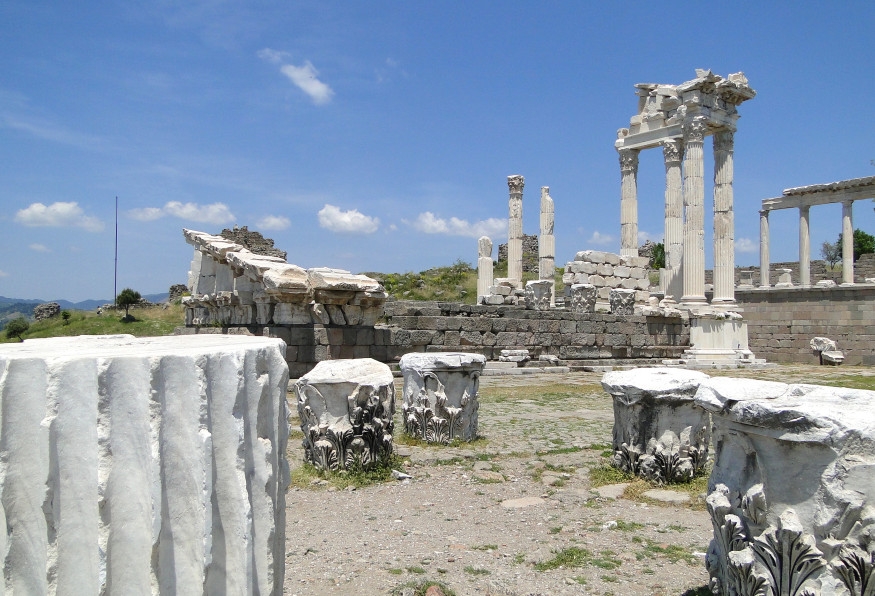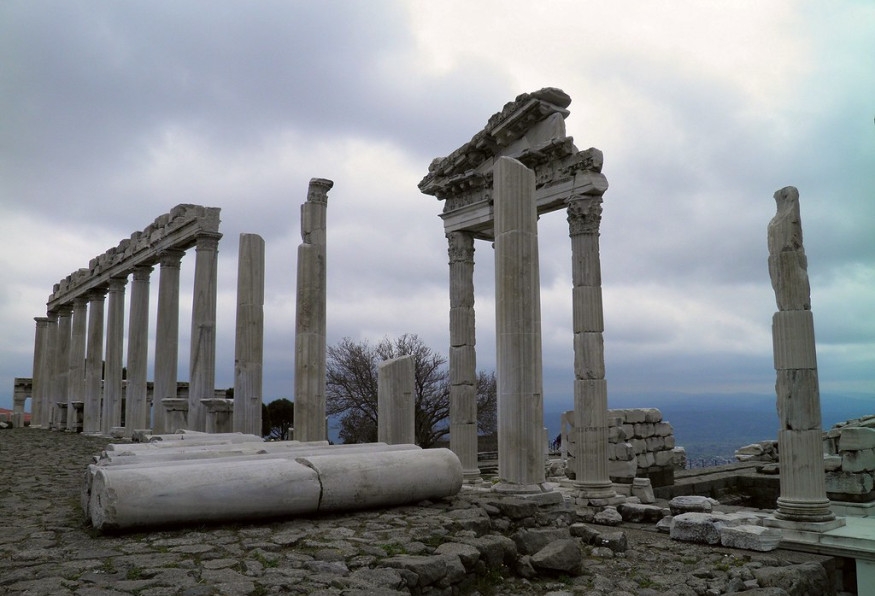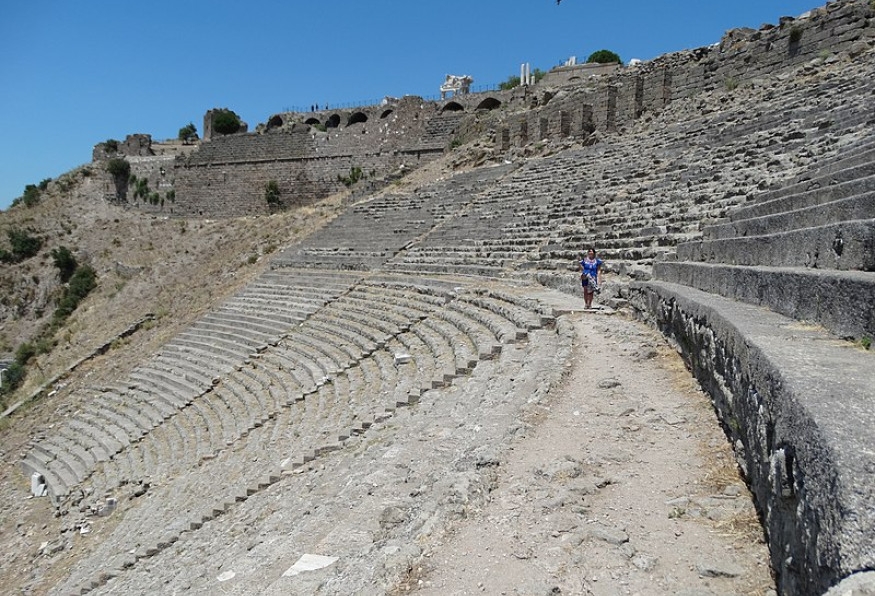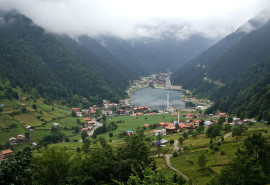Pergamon
ancient-cityPergamon was the capital of the Pergamon Kingdom between 282-133 BC, and according to a myth, its name is derived from Pergamos, who had captured the city after killing the king of Teuthrania. Throughout history, the city, which was built on a steep hill by the terracing method, became the capital of the province of Asia under the control of the Roman Empire around 133 BC. Heroon (a kind of holy place), the Temple of Athena and the library at its north, and the Altar of Zeus on the south were once the most important places of the Pergamon Acropolis (the settlement of an upper part of an ancient Greek city). It has been known that 200 thousand books were in that library until Mark Antony (a Roman politician and general) gifted them to Cleopatra in 41 BC. At the Lower Acropolis Gymnasium, Sanctuary of Hera, Sanctuary of Demeter, and the House of Attalus, the Lower Agora and the Gate of Eumenes can be seen. Since 2011, it has been on the UNESCO World Heritage List. Writer and philosopher Plinius Secundus, who lived in the 1st century BC, described the city as "the most famous and revered city of Asia Minor."




-thumb.jpg)

